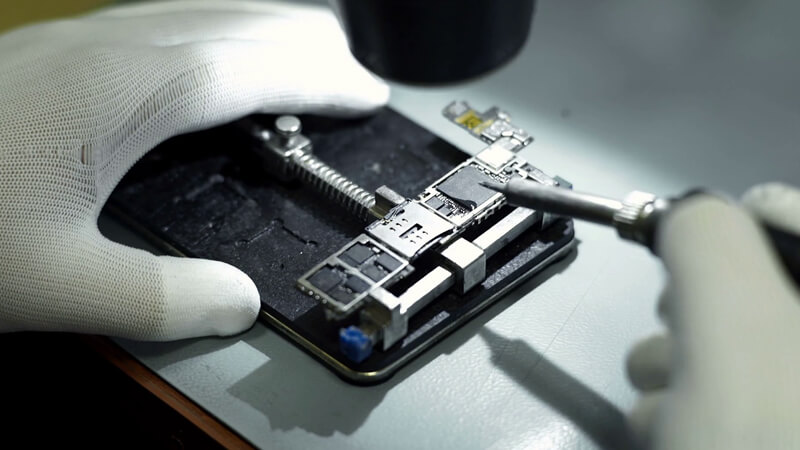Equipment End of Life: How to Manage Outdated IT Equipment

What is Equipment End of Life?
Equipment end of life refers to the point at which IT equipment is no longer practical or economical to use. Hardware breakdowns, software compatibility, wear and tear or out-of-date equipment are all factors that can play into equipment end of life.
Challenges of Managing Outdated IT Equipment
For businesses, managing outdated IT equipment can be quite difficult. The Key challenges are:
- Security Risks: Outdated and obsolete technology may risk safety and security of systems. As technology advances, older and more outdated systems may no longer be compatible for security updates or patches, leaving more susceptible to online threats.
- Compliance Issues: Businesses running outdated equipment are at risk of not complying with the most recent laws or industry norms. Keeping your systems up to date ensures that you are able to comply with the latest regulations.
- Environmental Impact: If improper steps are taken during the disposal of outdated IT equipment, it can have a harmful impact on the environment.
- Data security: It’s important to preserve sensitive data that may be present on outdated technology, thus appropriate data erasure or destruction procedures are required.
Steps to Manage Outdated IT Equipment
- Inventory and Assessment: Doing an exhaustive inventory and assessment of all equipment that is nearing the end of its useful life is the first step in managing old IT equipment. This will assist companies in determining which equipment needs to be replaced and which may be recycled or used for another purpose.
- Data Protection: Businesses must make sure that all data has been safely wiped or destroyed in accordance with data protection standards before discarding any outdated equipment.
- Environmentally Responsible Disposal: To make sure that outdated equipment is recycled or disposed of in an ecologically friendly way, businesses should collaborate with authorised electronic waste disposal companies. If you are looking for disposal of your Outdated IT equipment, please feel free to request a quote here https://connectium.co.uk/request-a-quote/
- Preparing for Replacement: To ensure a smooth transition, firms should budget for the cost of new equipment and work with vendors to arrange for installation and configuration.
- Establishing Regular Equipment Refresh Cycles: Businesses should establish regular equipment refresh cycles, replacing equipment before it approaches the end of its useful life, to minimise the issues associated with managing old equipment.
In conclusion, controlling end-of-life equipment is a crucial component of upholding a secure, legal, and ethical IT infrastructure. Businesses may assure a smooth transition from outdated equipment to new, cutting-edge technology that fits their changing demands by following the procedures indicated above. If you are looking for ways to optimise and upgrade your business, managing obsolete IT equipment is a key focus to have.





 Request a quote
Request a quote